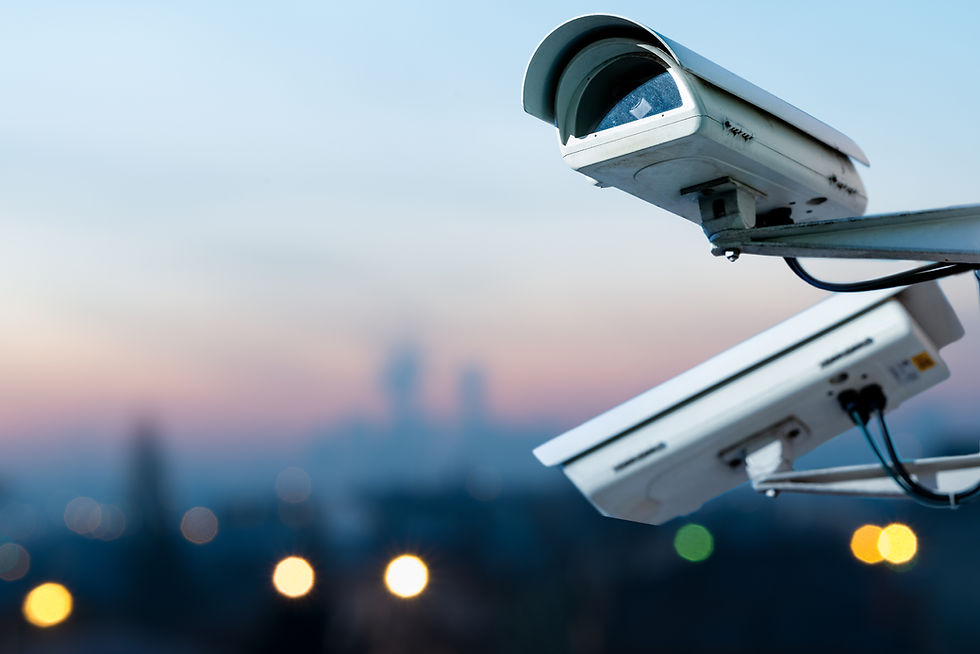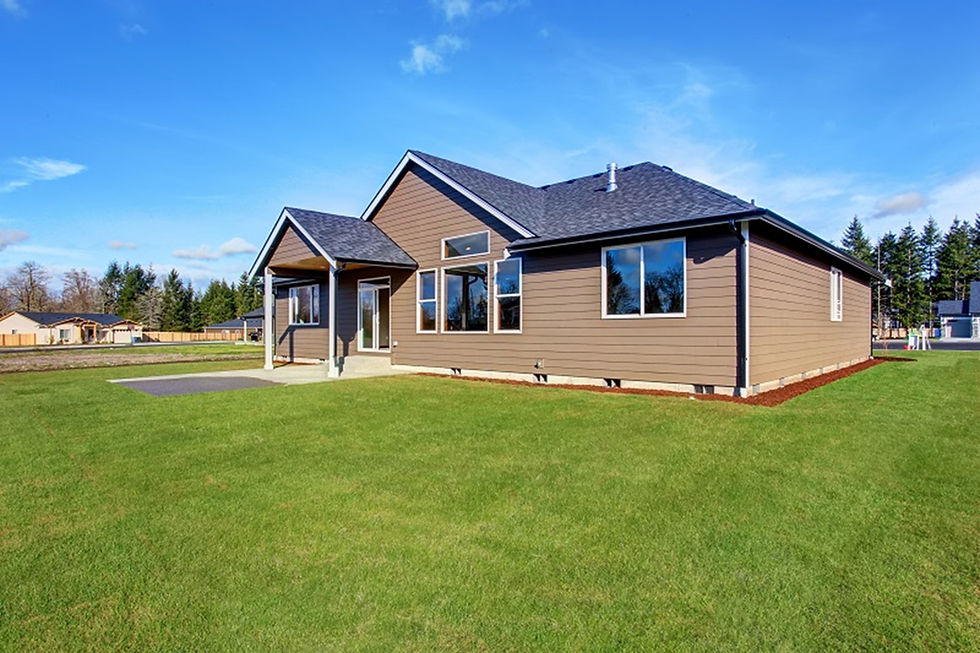Integrating Smart Home Systems: A Comprehensive Guide to Enhancing Security with Advanced Cameras
- Kiera Peterson
- May 13
- 4 min read
Updated: Jun 11
In our increasingly connected world, home security stands as a paramount concern. As technology continues to evolve, our homes have transformed into haven of gadgets, allowing us an unprecedented level of comfort, ease, and crucially, security. But with this advancement in technology, we also see a rise in sophisticated threats.
This article aims to provide an in-depth look into smart home security, particularly with the use of advanced cameras integrated into a smart home system. These solutions, often associated with the Internet of Things (IoT), offer numerous features that elevate the conventional notions of home security. We'll discuss the evolution of these systems, the intricacies of their components, their range of advantages, choosing the right camera, the installation process, potential challenges, and what lies ahead in this field.
The New Era of Home Security-
Security has always been a fundamental imperative for homeowners. Traditionally, this need was met with basic lock systems, standalone cameras, alarm systems, and maybe private security personnel for some. But the dawn of digital connectivity has spurred a paradigm shift. Now, we live in the era of smart home security, where devices are interlinked, and security management is literally at our fingertips.
Advanced security cameras serve as the backbone to this new approach. They are now designed to seamlessly integrate with other devices in a smart home network, creating a holistic surveillance system. This digital upgrade has not only increased security efficiency but also augmented the way homeowners interact and control their home security.
Understanding the Components and Functionality of Automated Security Cameras
A smart camera’s efficiency owes significantly to its inherent components: image sensors, lenses, the physical structure, and more. Understanding these integral features can provide an insight into what makes automated cameras a superior security choice.
The image sensor forms the core of the camera as it is responsible for capturing light from the object being viewed and converting it into an electrical signal, which gets decoded into images. The lenses work in tandem with sensors to deliver the best possible picture. The physical structure, on the other hand, houses these delicate parts, offers protection, and determines how and where you can install the camera. Together, all these technical facets translate into functionality, capturing reliable surveillance footage to enhance your home's overall security.
Exploring the Advantages of Smart Home Security
As smart home security systems become more prevalent, it is crucial to grasp the full benefits they provide. First, smart security cameras offer real-time updates and can be monitored from anywhere, thanks to mobile connectivity. They also provide a higher level of control, allowing homeowners to customize their security parameters.
For instance, consider the example of a working couple in Melbourne, who installed a smart home security system, including advanced cameras. They reported that remote monitoring helped them keep tabs on service workers and ensure the safety of their kids arriving from school while they were still at work. This level of convenience and peace of mind is the selling point of smart security systems.
Choosing the Right Camera for Your Home
The Australian market today offers a myriad of smart cameras, with a significant variance in features and prices. Making the right choice depends on several factors such as the nature of your premises, your primary purpose for the system, your budget, and of course, the reputation of the brand.
For apartment dwellers, wireless indoor cameras may be feasible. For larger homes or businesses, outdoor cameras with higher resolution and night vision could be necessary. Brands like Arlo, Ring, and Nest with strong reputations of quality and customer service could be your starting point. Ultimately, aligning your specific needs with available features and budget will yield the best choice.
Practical Steps to Integrating Advanced Security Cameras Into Your Smart Home
Once the right camera is chosen, integrating it into your smart home system is the next step. This involves planning – choosing the best place to install your cameras, taking note of areas with the best WiFi connectivity, and so forth. Then comes the actual installation.
Connecting your cameras with other smart home devices like Alexa or Google Home, or even with home automation systems is a key part of the integration process. These connections allow your devices to communicate with each other, enabling smarter control via your smartphone or tablet.
The Future of Home Security
With advancements in Artificial Intelligence (AI) and machine learning, the future of home security looks incredibly promising. Soon, we might see smart cameras that can recognize faces, differentiate between pets and potential intruders, or even detect unusual activity patterns using AI. And as these technologies continue to mature, we can expect smarter, safer, and more intuitive home security solutions in the future.
Conclusion
In conclusion, it's clear that the integration of smart home security systems, particularly advanced security cameras, promises a more secure, convenient, and intuitive approach to safeguarding our homes. So, as we chart the ever-evolving landscape of technology, it's wise to consider integrating smart security systems into our homes. Search, compare, plugin, and rest secure – an ounce of prevention is worth a pound of cure.








Comments